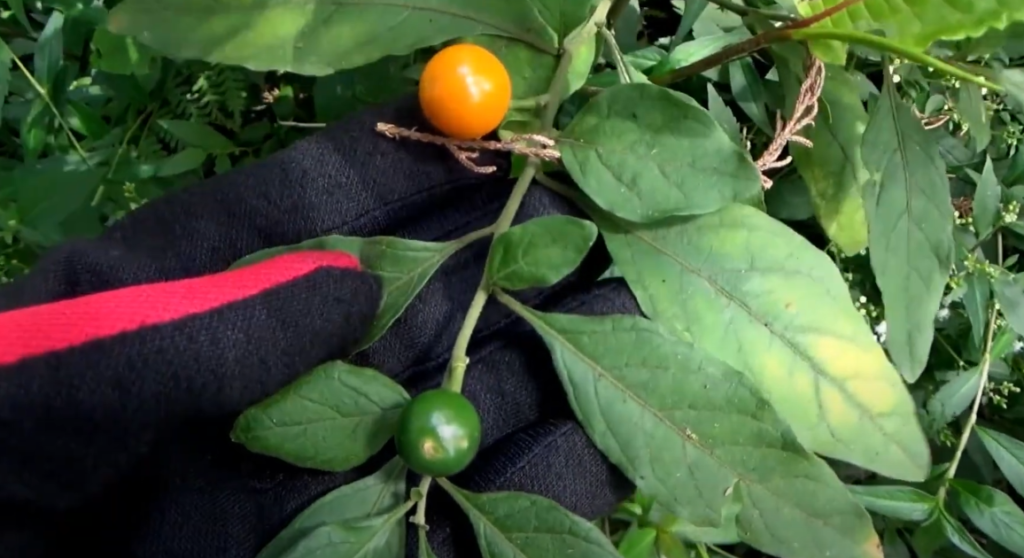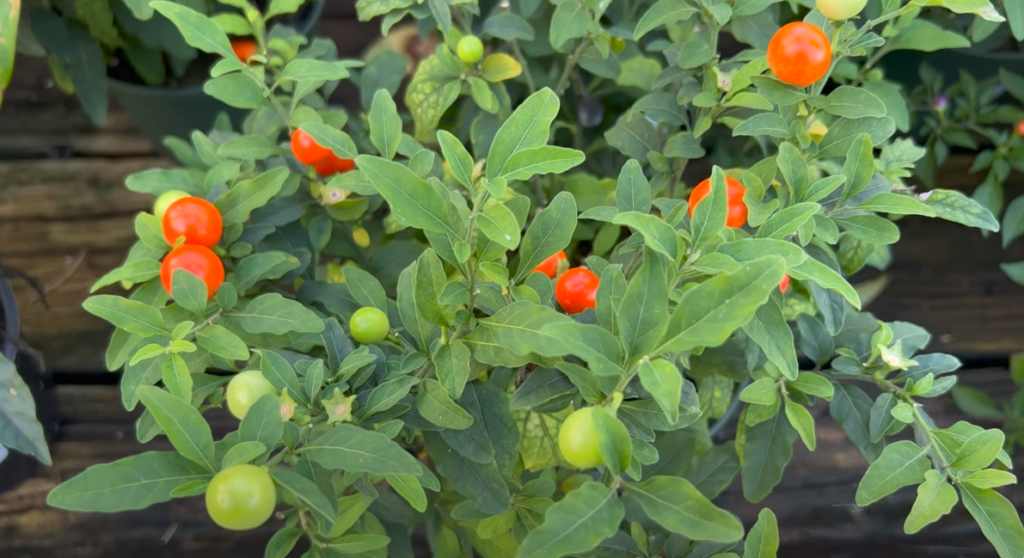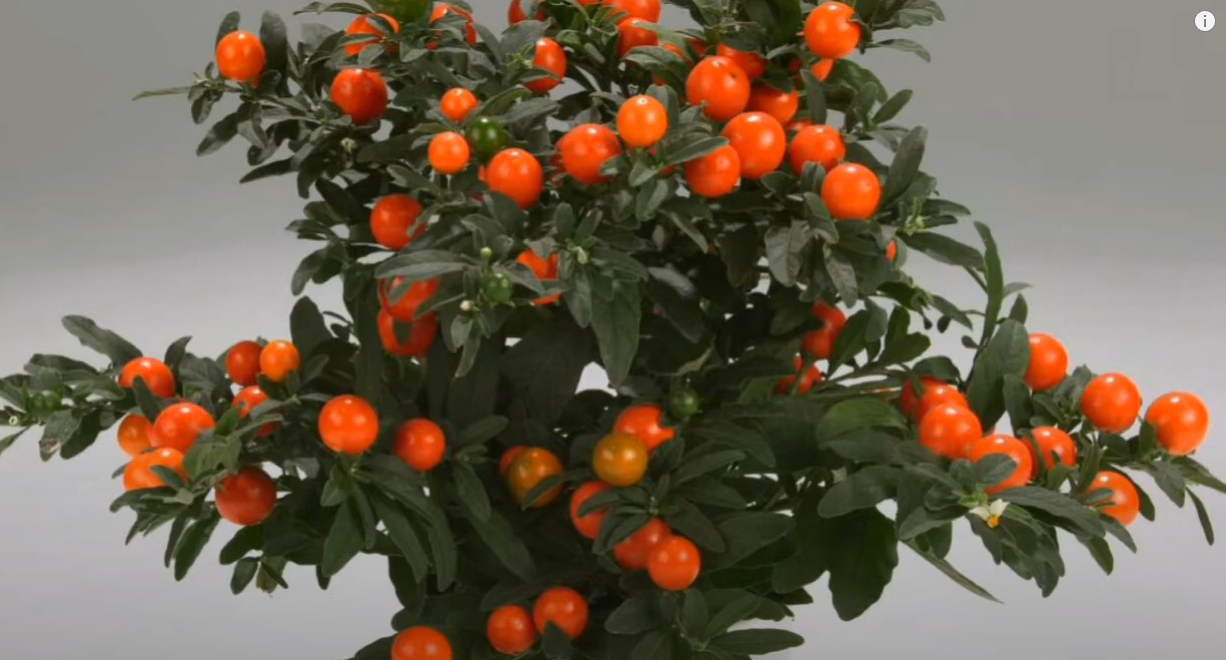If you’re a fan of houseplants, you may have come across the Jerusalem Cherry, a plant that boasts vibrant colors and eye-catching berries. But don’t let its beauty fool you—this seemingly innocent plant has a dark side that every plant lover should be aware of. In this blog post, we’ll explore the allure of the Jerusalem Cherry, its hidden dangers, and why it’s both a captivating and cautionary addition to your indoor garden.
What Is the Jerusalem Cherry?
The Jerusalem Cherry, also known by its scientific name Solanum pseudocapsicum, is a small, ornamental plant that belongs to the nightshade family. Native to South America, it’s often grown as a decorative houseplant, especially around the holiday season due to its bright red and orange berries that resemble Christmas ornaments.

The plant itself is relatively easy to care for, thriving in well-drained soil and bright, indirect sunlight. Its glossy green leaves and colorful berries make it a popular choice for those looking to add a splash of color to their home.
Read More: Ian McKellen: From Gandalf to Activism – The Timeless Legacy of a British Icon
The Hidden Dangers: Toxicity of the Jerusalem Cherry
While the Jerusalem Cherry may be visually appealing, it’s important to know that this plant is toxic. The berries, in particular, contain solanocapsine, a toxic compound that can cause serious health issues if ingested. Symptoms of poisoning include nausea, vomiting, diarrhea, and in severe cases, can lead to difficulty breathing and even death.
This toxicity makes the Jerusalem Cherry especially dangerous for households with pets or small children, who might be tempted to eat the attractive berries. Even handling the plant can cause skin irritation in some individuals, so it’s important to wash your hands thoroughly after touching it.
Should You Keep a Jerusalem Cherry in Your Home?
Given its toxicity, you might be wondering whether the Jerusalem Cherry is worth the risk. The answer depends on your living situation. If you have pets or young children, it’s probably best to avoid this plant altogether. There are plenty of other colorful and safe houseplants to choose from that don’t carry the same risks.

However, if you live in a pet-free and child-free environment, and you’re willing to take precautions, the Jerusalem Cherry can be a beautiful addition to your home. Just be sure to place it out of reach, and consider labeling it as toxic to inform guests.
Read More: Alicia Silverstone: From ‘Clueless’ Icon to Wellness Advocate – Why She’s Still a Hollywood Favorite
How to Care for a Jerusalem Cherry
If you decide to bring a Jerusalem Cherry into your home, proper care is essential to keep it healthy and vibrant. Here are some tips:
- Light: The Jerusalem Cherry thrives in bright, indirect sunlight. A sunny windowsill is ideal, but be sure to protect it from harsh, direct sunlight, which can scorch the leaves.
- Watering: Keep the soil consistently moist, but not waterlogged. Water the plant when the top inch of soil feels dry to the touch. Be careful not to overwater, as this can lead to root rot.
- Temperature: This plant prefers cooler temperatures, ideally between 55°F and 70°F (13°C to 21°C). Avoid placing it in areas with extreme temperature fluctuations or drafts.
- Fertilizing: During the growing season, feed the plant with a balanced, water-soluble fertilizer every two weeks to promote healthy growth and berry production.
The Allure and Caution of the Jerusalem Cherry
The Jerusalem Cherry is a plant of contrasts—its vibrant beauty is matched by its potential danger. While it can add a festive touch to your home, it’s crucial to handle it with care and be fully aware of the risks it poses. If you decide to grow this plant, take the necessary precautions to keep yourself and your loved ones safe.
In the world of houseplants, the Jerusalem Cherry serves as a reminder that not all that is beautiful is harmless. With the right knowledge and care, you can enjoy the allure of this plant while avoiding its darker side.
Read More:

